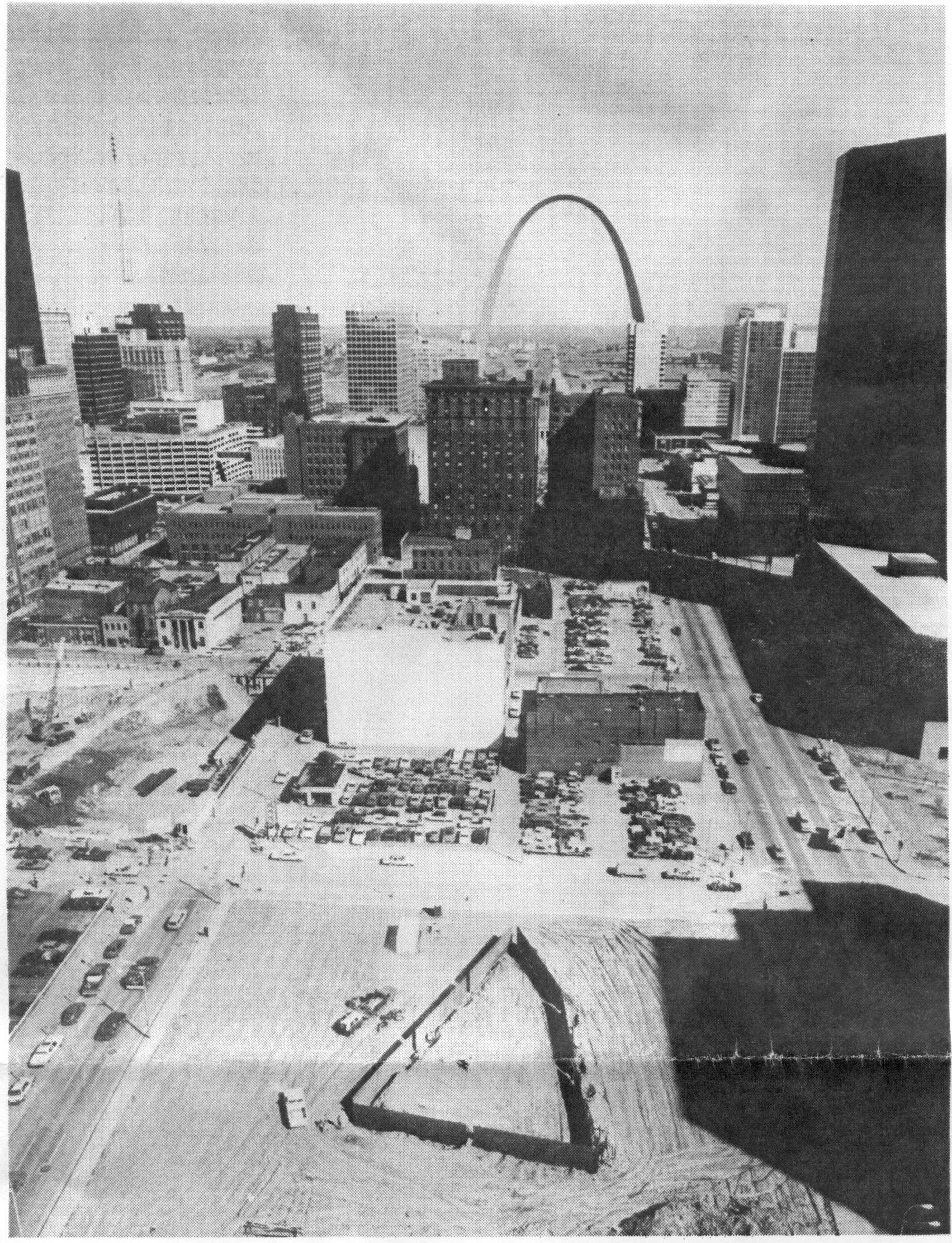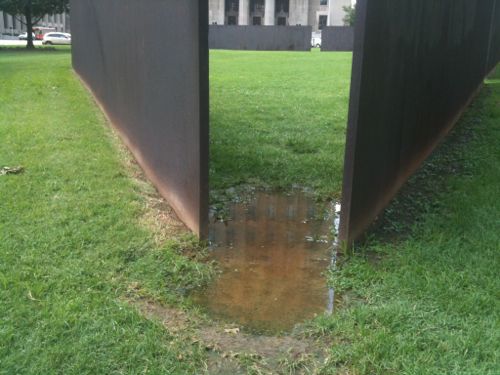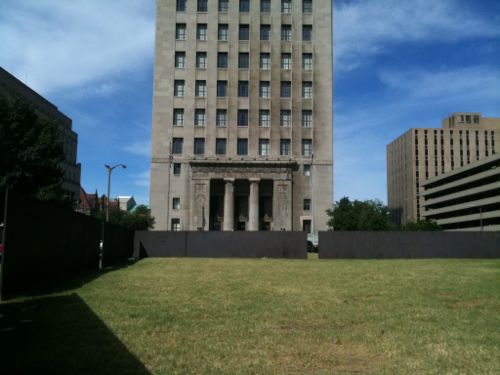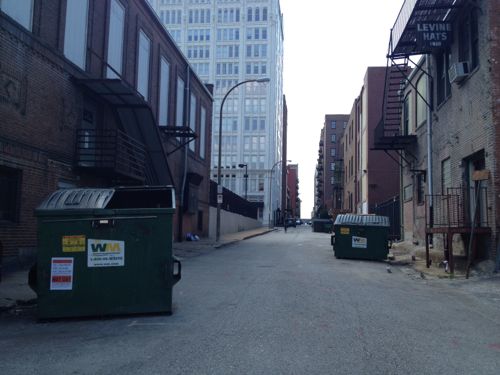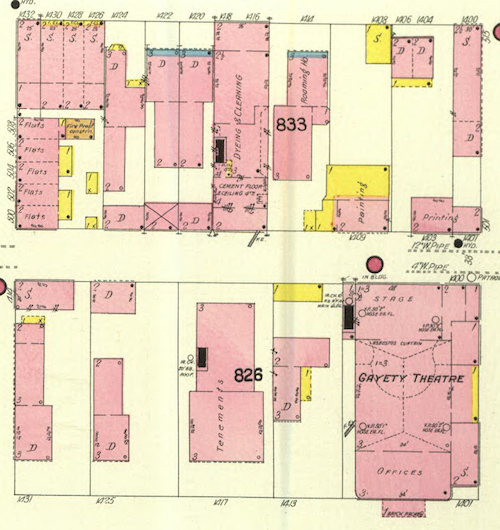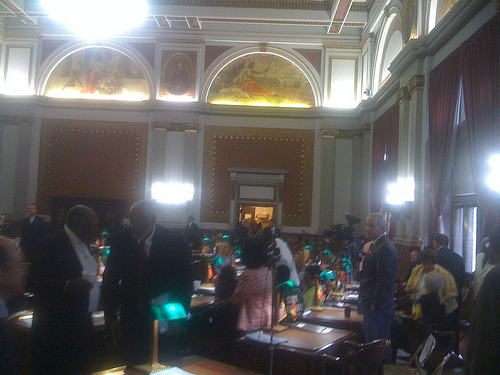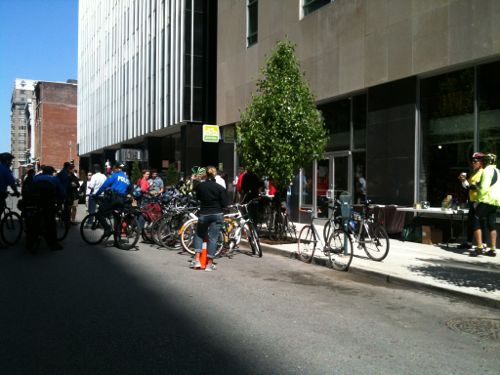Readers: Global Warming Is Affecting The Weather In The United States
|
|
Most readers agreed that global warming is affecting the weather in the United States.The examples are numerous, too many to be a coincidence.
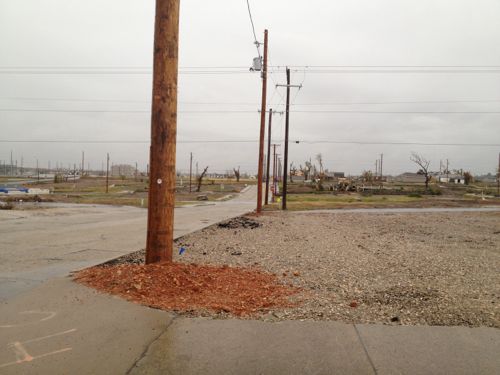
Take March:
Record and near-record breaking temperatures dominated the eastern two-thirds of the nation and contributed to the warmest March for the contiguous United States since records began in 1895. More than 15,000 warm temperature records were broken during the month. The average temperature of 51.1°F was 8.6 degrees above the 20th century average. In the past 117 years, only one month (January 2006) has ever been so much warmer than its average temperature. (It’s official: March 2012 warmth topped the charts)
Last month it got ugly:
The storm center determined that 75 tornadoes touched down in Kansas, Oklahoma, Iowa and Nebraska during a 24-hour period beginning at 6 a.m. Saturday. Six people died as a result of an overnight tornado that hit Woodward, Okla., about 140 miles northwest of Oklahoma City. No other deaths were reported. (Huffington Post)
Then in the news on April 23:
BUFFALO, N.Y. — A nor’easter packing soaking rain and springtime snow churned up the Northeast on Monday, unleashing a burst of winter, closing some schools and triggering power outages in communities that were basking in record warmth a month ago. (Washington Post)
And Saturday:
One person is dead, five others critically injured after powerful winds upended a huge tent outside a downtown St. Louis bar, sending tent poles flying through the crowd. (KMOV)
The above was the first of two storm systems in the St. Louis area, just hours apart.
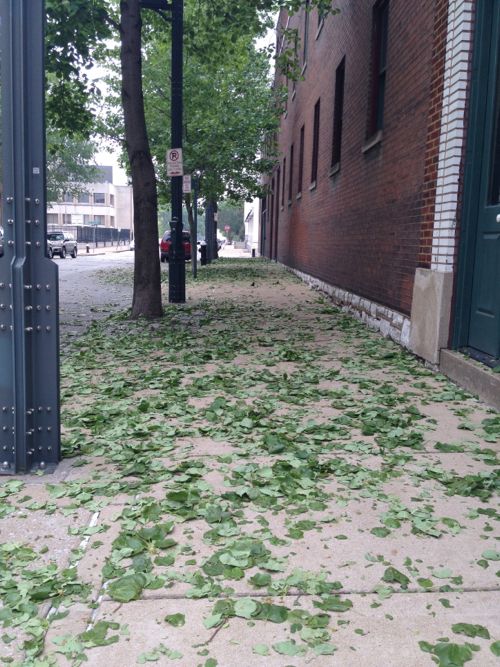
In the poll there were some votes from likely Climate Change Deniers but most agree man has managed to alter weather patterns.
The poll results are below, the question came from page 16 of this report from Yale. National averages are the second percentages shown below:
How strongly do you agree or disagree with the following statement? Global warming is affecting the weather in the United States.
- Strongly agree 76 [61.29% / 26%]
- Somewhat agree 27 [21.77% / 43%]
- Somewhat disagree 11 [8.87% / 19%]
- Strongly disagree 10 [8.06% / 11%]
The original post introducing the poll is here.
– Steve Patterson
